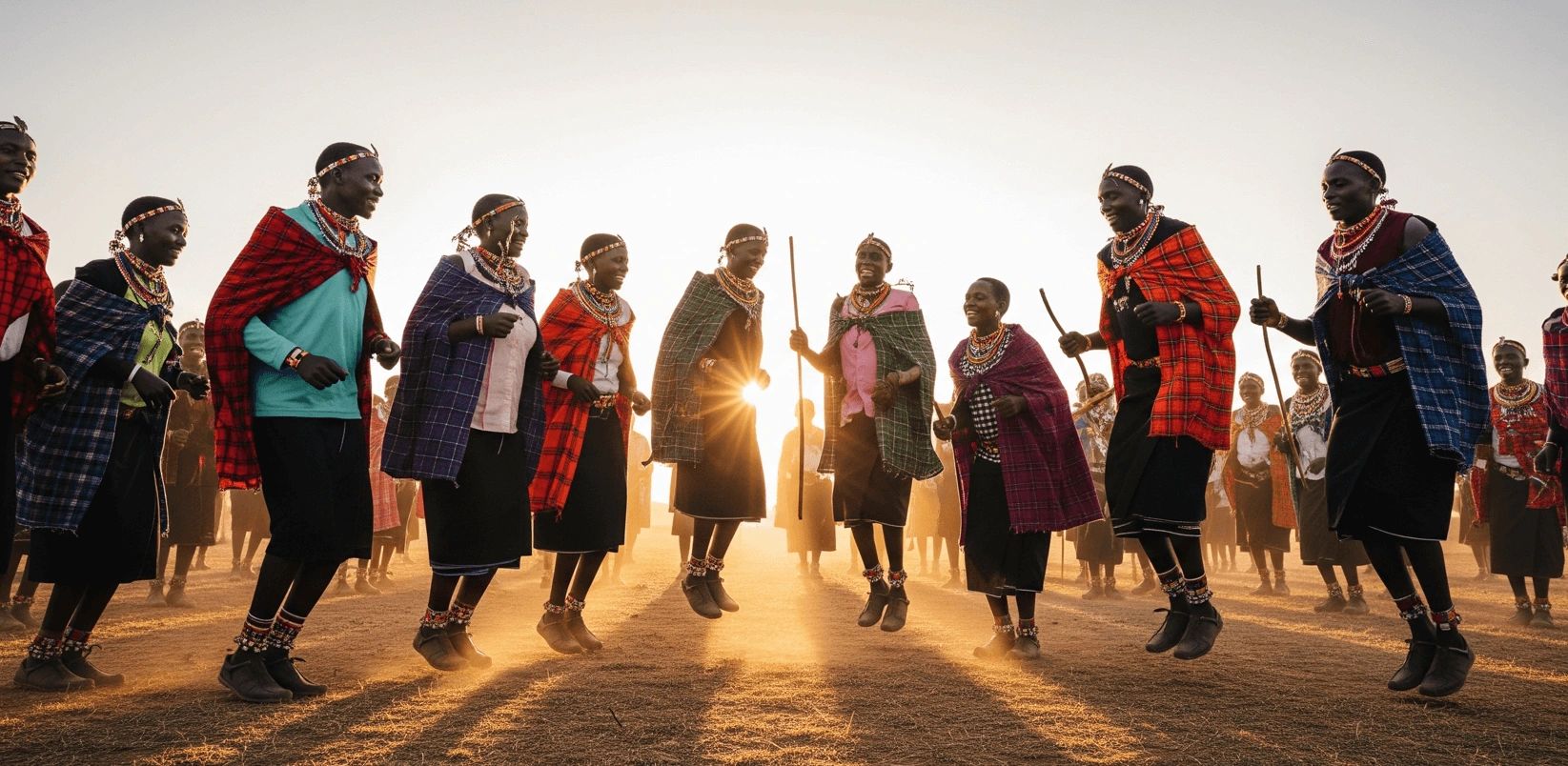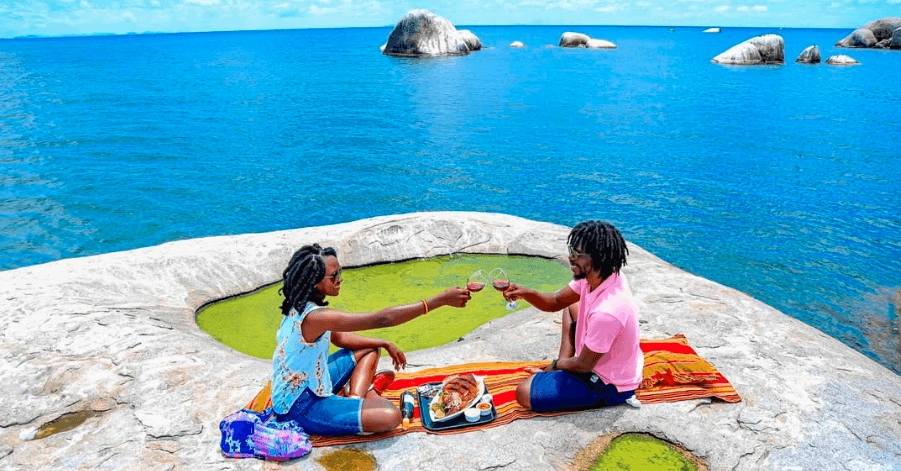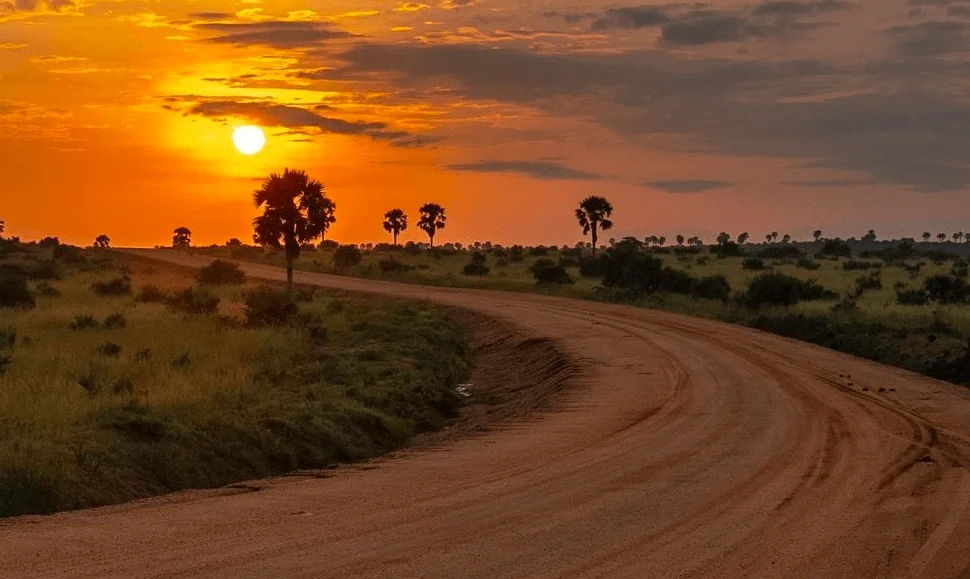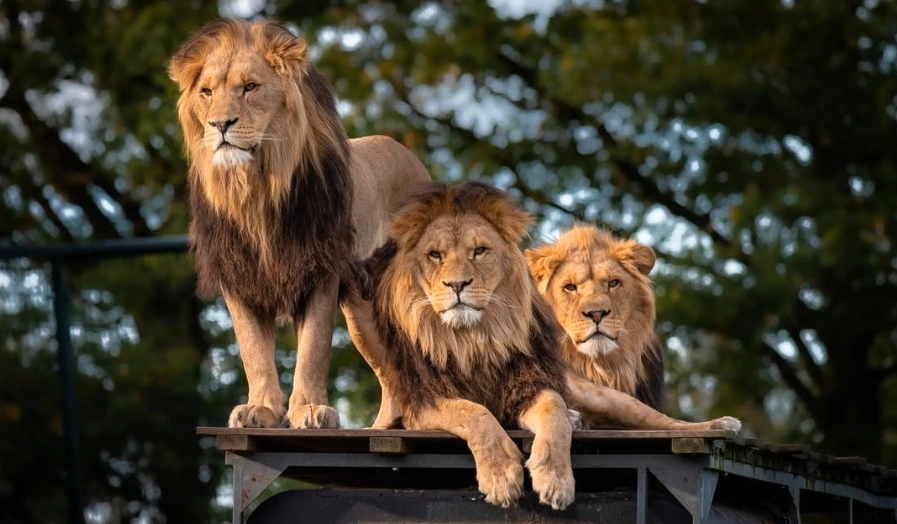“For magnificence, for variety of form and colour, for profusion of brilliant life—bird, insect, reptile, beast—for vast scale—Uganda is truly the Pearl of Africa.”
When Winston Churchill first set foot in Uganda in 1907, he wasn’t a man easily impressed. Yet what he saw here stopped him in his tracks. Vast lakes shimmering under the equatorial sun, rainforests bursting with life, and the open, wild savannahs teeming with animals.
It’s no wonder he famously called Uganda “the Pearl of Africa.” And more than a century later, that name still holds true.
But where did this title really come from? Why does it matter? And what makes Uganda so dazzling that even the most seasoned travelers find themselves enchanted?
Key Takeaways
- Uganda’s nickname, “the Pearl of Africa,” was popularized by Winston Churchill in 1908.
- The name reflects Uganda’s incredible biodiversity, welcoming people, and breathtaking landscapes.
- Uganda is home to rare wildlife like mountain gorillas, the Shoebill, and the Big Five.
- From the misty Bwindi Forest to the roaring Murchison Falls, Uganda’s attractions are unmatched.
- Uganda offers some of Africa’s most intimate and off-the-beaten-path safari experiences.
Who Called Uganda the Pearl of Africa?
The phrase is most famously tied to Winston Churchill, who visited Uganda and later wrote about it in his book My African Journey published in 1908. Churchill was deeply moved by Uganda’s beauty, calling it “a fairy tale” and “the Pearl of Africa.”
But some historians argue that the phrase may have been in circulation before Churchill’s visit. Still, it was Churchill’s writing that stamped the nickname into global consciousness. He wasn’t just describing a country — he was celebrating a place of rare and concentrated beauty.
Churchill urged travelers to visit Uganda, calling it “the finest country I have ever visited.” Over a century later, many still agree.
Why Uganda is Called the Pearl of Africa
1. A Tapestry of Diverse Landscapes
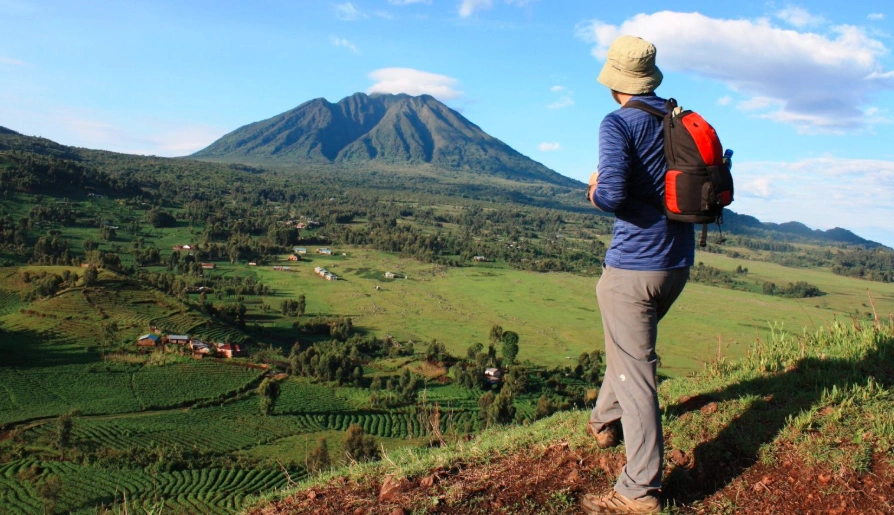
Uganda is one of the few places on earth where you can glide through papyrus swamps in the morning, track gorillas in ancient rainforests by afternoon, and end your day watching the sunset over the savannah.
You can trek through the misty jungles of Bwindi Impenetrable National Park, cruise along the Nile beneath the mighty Murchison Falls, or zipline across the treetops in Mabira Forest.
Few countries pack this much variety into a space roughly the size of the UK.
2. Unmatched Biodiversity
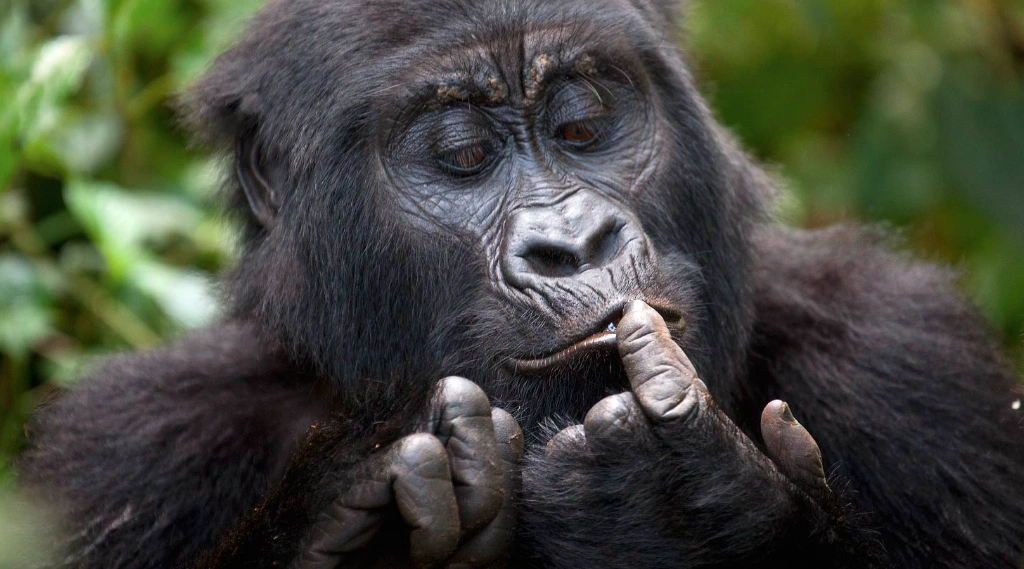
Uganda is a wildlife lover’s dream. It shelters over half of the world’s remaining mountain gorillas, and offers once-in-a-lifetime treks through Gorilla families in Uganda.
Beyond gorillas, Uganda is home to over 1,000 bird species (hello, Shoebill!), the Big Five, chimps in Ngamba Island Chimpanzee Sanctuary, and lesser-known gems like the golden monkeys in Mgahinga.
For travelers seeking depth, Primates in Uganda Beyond Gorillas and Chimps offer even more surprises.
3. Abundant Waterways
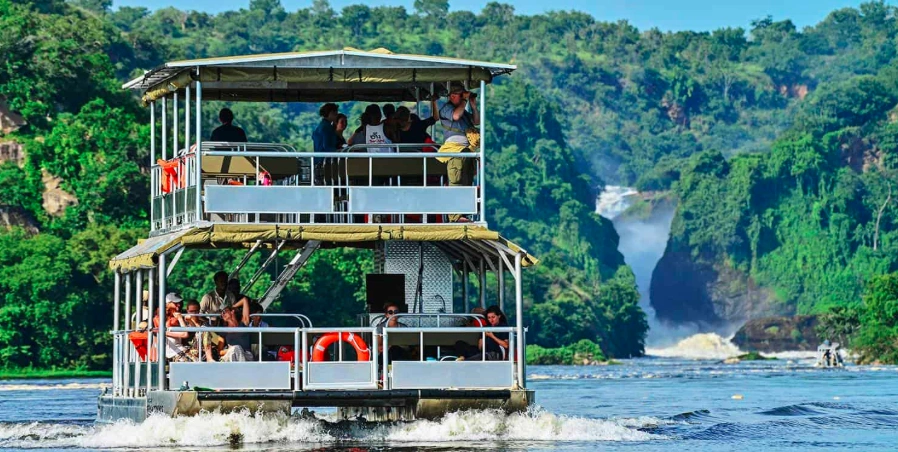
Uganda is cradled by Lake Victoria, the largest lake in Africa. The country’s many lakes and rivers — including the Nile — don’t just nourish the land; they create spectacular settings for best boat cruises in Uganda.
These waterways are also why the country is so fertile, giving rise to lush rainforests, rolling hills, and vibrant ecosystems that feel alive in every sense.
4. Cultural Richness
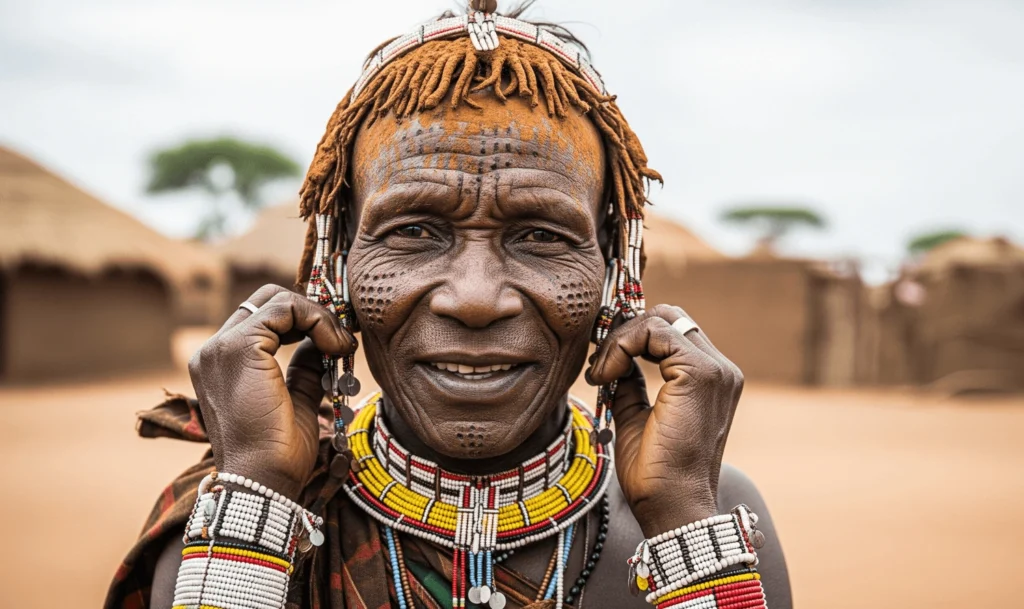
The beauty of Uganda isn’t just in its landscapes — it’s in its people. With over 50 tribes, Uganda is a mosaic of languages, traditions, and ways of life. Travelers can spend time with the Karamojong Tribe or pick up local tips on how to travel like a local in Uganda.
It’s a country where the hospitality feels genuine and the connections feel real.
5. A Hidden Gem for Safari Enthusiasts
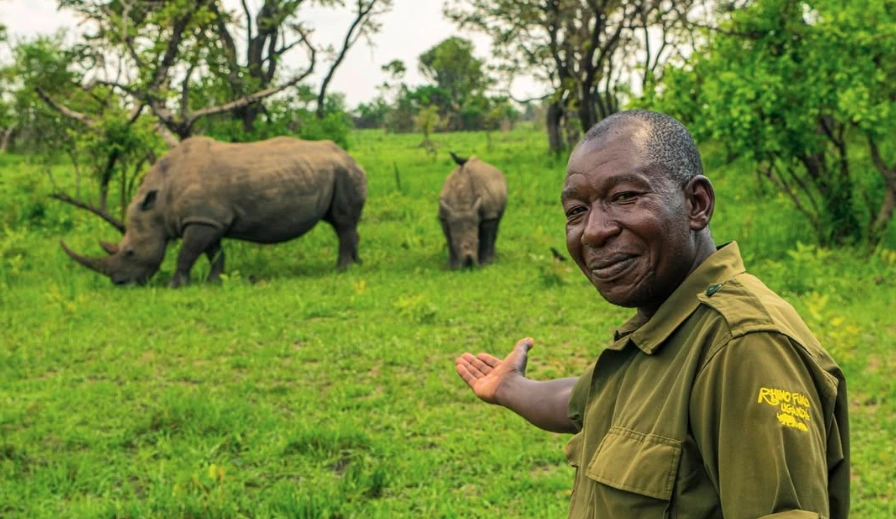
While other East African safari hubs get crowded, Uganda’s parks remain refreshingly intimate. You can track rhinos on foot at Ziwa Rhino Sanctuary or go on the best night safari in Uganda under starlit skies.
It’s no surprise that travelers often ask how far in advance should you book a safari — the secret’s getting out!
Why the Name Still Matters
Calling Uganda the Pearl of Africa isn’t just a poetic label. It’s a promise — a hint that this place holds something rare.
For travelers who want more than just ticking off animals from a list, Uganda offers the chance to slow down, go deeper, and connect.
Whether you’re trekking through Bwindi vs Mgahinga for Gorilla Trekking, watching the Big Five, or cruising the Kazinga Channel in Queen Elizabeth National Park, you’re stepping into a story that’s been unfolding for millennia.
Uganda’s magic isn’t in the fanfare. It’s in the quiet moments — when you lock eyes with a gorilla, hear the call of the turaco, or share a laugh with your guide on a dusty road.
Uganda isn’t just a place you visit. It’s a place that stays with you.
If you’re curious about seeing the Pearl of Africa for yourself, request a quote and let’s start crafting your perfect Ugandan safari.
FAQ: The Pearl of Africa
Who gave Uganda the name “Pearl of Africa”?
Winston Churchill popularized the name in his 1908 book My African Journey, though it may have been used earlier.
Why is Uganda called the Pearl of Africa?
The name reflects Uganda’s rich wildlife, breathtaking landscapes, welcoming people, and incredible biodiversity packed into a small area.
When was Uganda called the Pearl of Africa?
Churchill’s writings in 1908 brought the nickname to international attention, and it has remained ever since.
Is Uganda still a good safari destination today?
Absolutely. Uganda offers unique wildlife experiences like gorilla trekking in Uganda, intimate safaris, and fewer crowds compared to some East African countries.
What makes Uganda different from other safari destinations?
Uganda combines classic safaris with primate tracking, stunning waterways, rich culture, and varied landscapes — all within a relatively compact distance.

